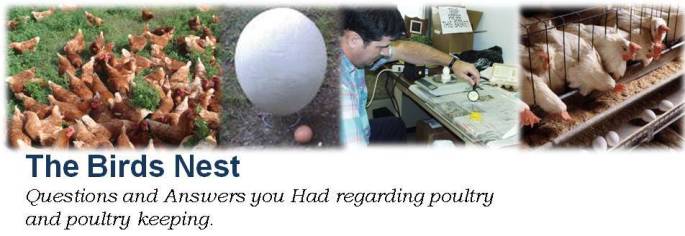Food safety experts stress that foods should remain out of the danger zone during prep and consumption. To assist in taking the guesswork out of this, it is recommended to follow the
 |
| Photo: taylor-enviro.com |
The other consideration is to use the two-hour open rule. This refers to foods being served that may pose a food risk. Meats, egg dishes, salads with dressings and other prepared foods should not sit out all day during a festive occasion. Return foods to covered storage before two hours are up after serving. It is good to either keep the foods hot or cold, or better yet, store them properly till the next meal. Snack foods that are normally salted and dry can remain at room temp. Always follow label recommendations, and be food safe.


